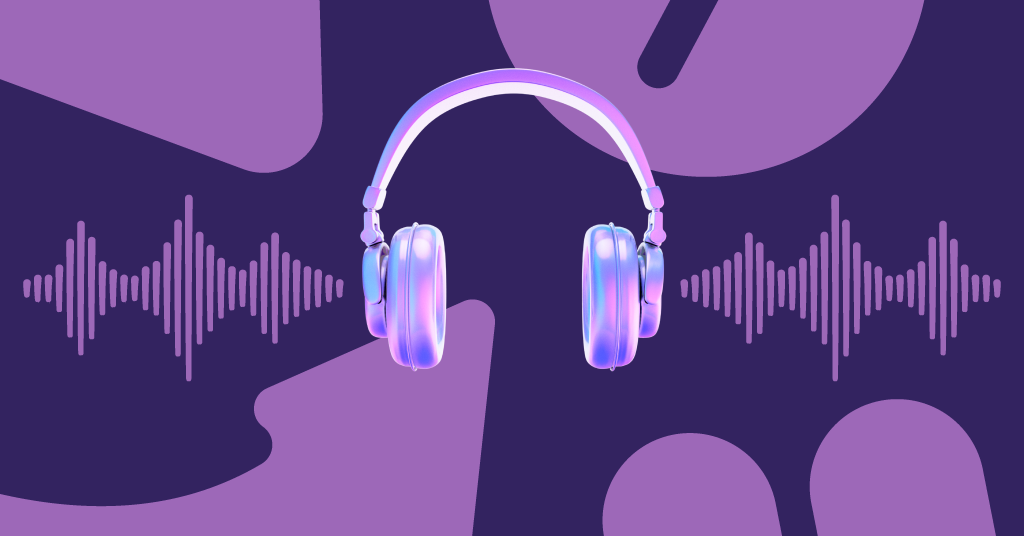ASMR may be the most popular phenomena you’ve never heard of — we’re serious! It has to do with internet videos that produce what fans call “tingling sensations.” A quick YouTube search for ASMR will serve up a seemingly never-ending stream of videos, some with millions of views. These videos feature creators doing a variety of specific tasks, like talking directly into microphones, whispering softly, tapping objects, and more.
The fans of ASMR videos tout the relaxing nature of them, with many people using clips to fall asleep or relax. If you’re still confused about what exactly ASMR is, we’ll break it all down for you along with any potential concerns for parents.
What Is ASMR?
ASMR stands for “autonomous sensory meridian response” — and don’t worry, that’s not supposed to mean much to the average person. Basically, it’s a technical term for a physical response your body makes to a sound, image, or feeling. A classic example is a tingling sensation you might get when you get your haircut or watch a quiet Bob Ross video.
Not everyone gets ASMR sensations, while others are extremely sensitive to it. And though some research has been done into it, scientists aren’t exactly sure why exactly it happens. But those that enjoy it report feeling calmer and more relaxed, which is why it’s so popular.
Types of ASMR Videos
As ASMR has hit the mainstream — it was even featured in a Super Bowl commercial in 2019 — the number and type of ASMR videos has grown. ASMRtists, as they’re called, often have elaborate technical setups featuring 360-degree microphones, digital backdrops, specific props, and more. If you’re wondering why they’re compelled to make these types of videos, it’s for two reasons. One, these passionate creators tend to love ASMR and want to share it. And two, by amassing tons of views, they’ll generate income and gain notoriety.
Here are just a few of the many types of ASMR videos that are popular right now:
- Slime-playing/squishing sounds
- Whispering/talking
- Microphone brushing
- Eating (also called mukbang videos)
- Fake doctor exams
- Haircuts/face and scalp massages/ear cleanings
- Repetitive noises like tapping, crinkling, crunching, squishing
- Close personal attention
What Parents Need to Know About ASMR
While many ASMR videos are completely harmless and focus on soothing sounds or relaxing visuals, there is a subset of videos that veer into “ASMRotica,” which are sexual in nature. The performers are often scantily clad and make suggestive noises. Some even recount explicit stories in the same way adult-only podcasts do.
It’s something to keep in mind if your child or teen is into ASMR — a little extra awareness can go a long way in making sure they stick to the truly relaxing content and not videos that are age-inappropriate.
Concerned? Bark Can Help
Keeping an eye on what your child’s searching for and watching online is an important part of helping to keep them safe. With ASMR videos, this is especially important — even if they’re not actively searching for explicit videos, it’s possible they could stumble upon one.
On Androids and the Bark Phone, Bark monitors your child’s YouTube search history and view for inappropriate content, along with videos they may post and comments they receive.
There’s also more to Bark than monitoring! Our parental controls also include location tracking, screen time management, and web blocking. Learn more about the Bark Phone or start your free, 7-day trial of our app today.
Read more
Bark helps families manage and protect their children’s digital lives.






